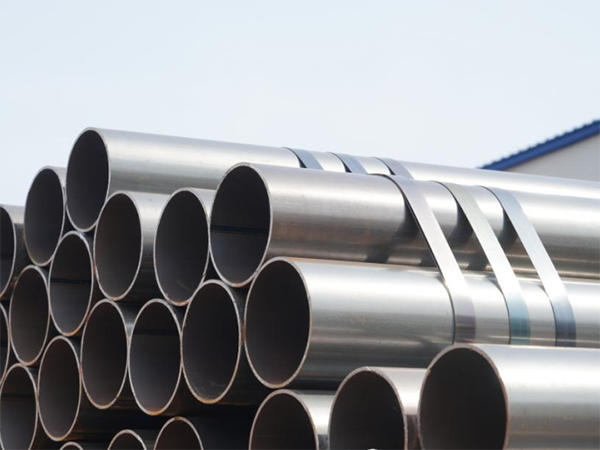Sharing China-Made with Global Customers

Sharing China-Made with Global Customers

Submerged arc welding technology is ideal for important applications such as pipelines, pressure vessels and tanks, rail manufacturing and large buildings. There are the simplest form of monofilament, double-filament structure, tandem double-filament structure, and multi-filament structure.
Submerged arc welding technology can benefit users in many welding applications, from increasing productivity to improving the working environment to ensuring consistent quality and more. Metal fabricators who are considering changing the submerged arc welding process should be thinking that there are many benefits to be gained from the process.

The submerged arc welding process is a requirement in heavy industrial applications such as pipelines, pressure vessels and tanks, locomotive construction and heavy construction/excavation. Ideal for industries that require high productivity, especially those involving welding of very thick materials, many benefits can be derived from submerged arc welding. Its high deposition rate and travel speed can have a significant impact on worker productivity, efficiency and production costs, which is one of the key advantages of submerged arc welding technology. Other benefits include: excellent chemical composition and mechanical properties of the weld, minimal arc visibility and low welding fumes, improved work environment comfort and good weld shape and toe line.
Submerged arc welding is a wire feeding mechanism that uses a granular flux to separate the arc from the air. As the name implies, the arc is buried in the flux, that is to say, after the parameters are set, the arc is invisible as the subsequent layer of flux flows out. The welding wire is fed continuously by the torch that moves along the seam. A section of welding wire, part of the flux and base metal are heated and melted to form a molten pool, which condenses to form a weld covered with a layer of slag. Welding material thicknesses range from 1/16"-3/4", allowing 100% penetration welds in a single pass. If the wall thickness is not limited, multi-pass welding can be carried out, and the weld seam can be properly pretreated, and the appropriate wire and flux combination can be selected.